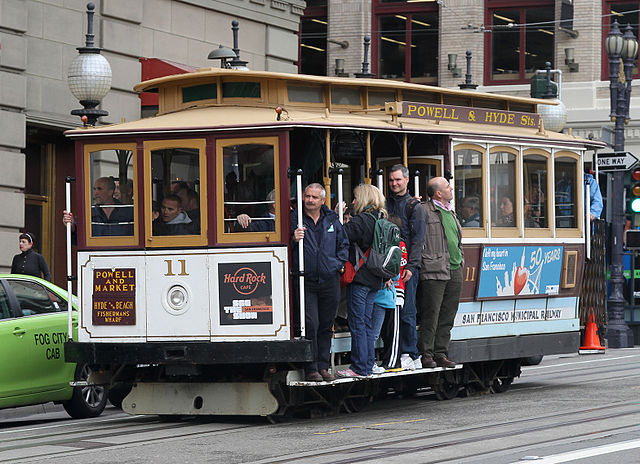Which Way the Trolley: America’s Hot Wars During the Cold War, Part 1
The third major event, and the main topic of this essay, was the opposition, containment and ultimate destruction of Soviet Communism. Like racist German imperialism, it could have been a world dominating force. But the success of the NATO alliance in Europe, and the wars of containment in Asia prevented that from happening. This opposition to Communism is currently belittled and destructively misinterpreted by the Marxists professors still dominant in the history and sociology departments of our own universities. Their awful revisionist, posturing and destructive mythology will probably linger on until revival comes to the universities and a spirit of repentance is manifest. One is struck by how similar the praise and data avoidance about Stalin’s regime by American Leftist of the 1930s is to the present generation of American Leftist who have lauded Chavez and Maduro regime in Venezuela as it impoverished its people under a burden of corruption.[4]
Which way the trolley?

In North America, streetcars are often called trolleys.
Image: John O’Neill / Wikimedia Commons
Let me set the stage for this discussion with a story that is currently in use in academic ethicist and philosophical circles as an aid to discuss hard ethical choices. It is really a parable, though not called so in scholarly circles. There are several varieties of this, and they all involve a trolley or train coming to a junction with certain choices that have to be made.[5] This is my version:
Jane rides the city trolley often and sits in the front where the view is best. On her normal route there is a downhill slope that comes to a Y junction, with the trolley going right naturally, but it can go left if a lever is pulled. On this particular day as the trolley begins its downhill descent, the conductor slumps over, dead of a heart attack. She sees the oncoming Y junction. To the right a van sits on the tracks with a broken axle and it is filled with children. To the left one child is playing on the tracks and unaware of any danger, since the trolley normally goes to the right.
Jane has watched the conductor pull the lever to make it go the left and knows how to do that, but she does not know how to apply the brakes. She only has seconds to decide. She can, 1) do nothing, as this is not her responsibility. Or she can, 2) pull the lever to the left and kill one child to save many others.
If she does nothing, no one but God will know she could have saved the children in the van. If she pulls the lever to the left she will be an “instrument” of killing one child, and perhaps even be sued by the parents.[6]
World War II as the background for the Cold War
The hot wars of our Cold War not only have a history, but they also have their historical background. That is, those historical events that influenced the leaders of the United States make the ethical (or unethical) choices to bring America into these wars.
Specifically, World War II molded and informed the actions of the Korean War. “The War” ended less than five years earlier and was almost universally supported by American as necessary. Christian support for World War II was motivated by the blatantly evil nature of the Nazi regime and the atrocities that the Japanese were committing upon the Chinese – there was a pro-Chinese lobby led by American Christian missionaries to China that helped inform the public on this.
More important perhaps was the popularity and influence of the theology of Reinhold Niebuhr (1892-1971). Niebuhr, professor at Union Theological Seminary in New York, was the most widely read and influential Protestant theologian of his generation. In his classic work Moral Man and Immoral Society, he argued against pacifism and for the necessity of the state to use force to limit injustice, conquest and tyranny.[7] His arguments were a revision and elaboration of Christian Just War theology. For Niebuhr, war was a tragic necessity and never completely successful. Man’s sin nature would ensure that mistakes would be made in the course of the war or in the peace process. In fact, nothing would be definitively just until the Second Coming. Yet inaction and pious pacifism would lead to catastrophe (as in Jane not pulling the lever). Niebuhr’s view on war and the use of force were contested strongly by other theologians when it first came out in 1933, as many were disillusioned by the failed peace treaty after World War I. However, as the tragic history of World War II unfolded, his arguments seemed self-evidently true to most Christians.[8]
Category: Church History, Fall 2016


